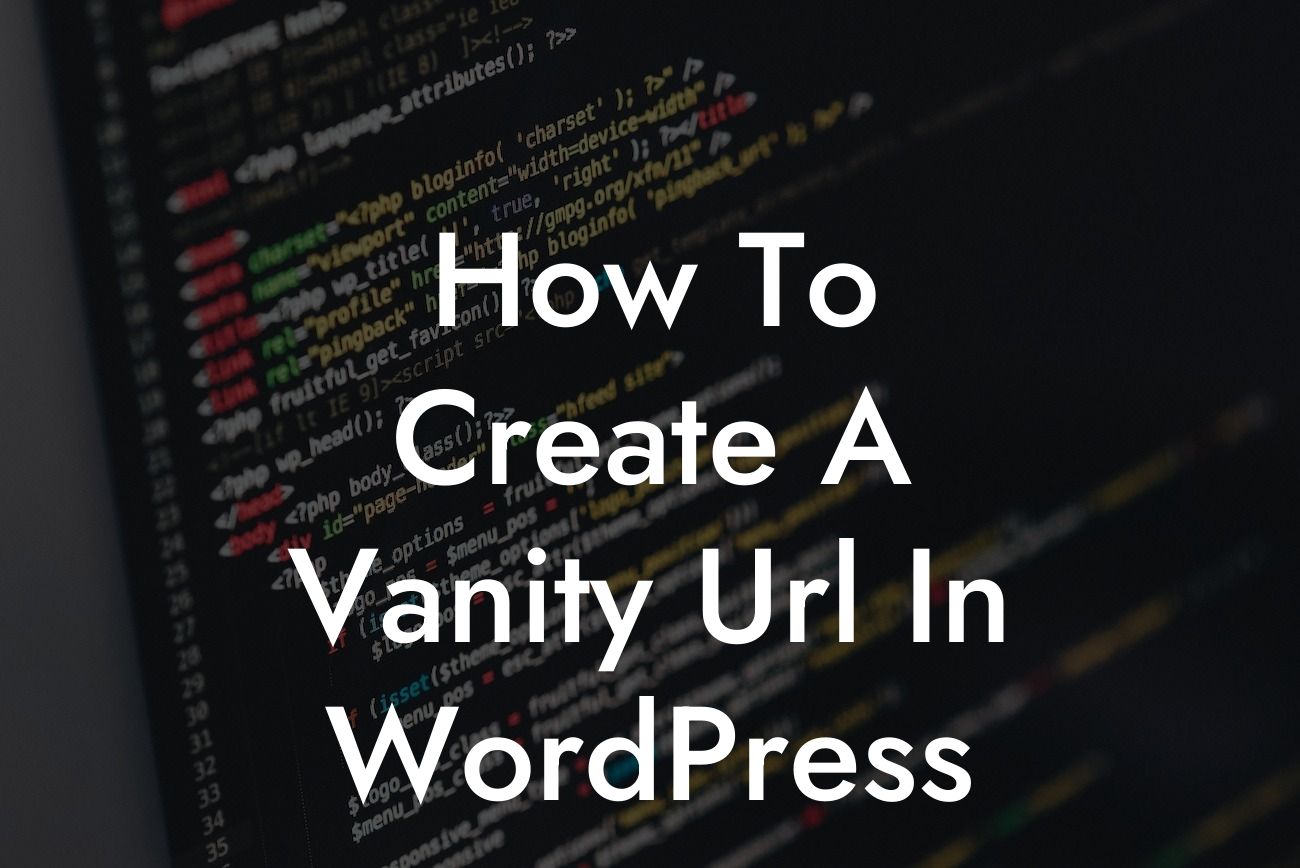Creating a vanity URL in WordPress can greatly enhance your online presence and contribute to the success of your small business or entrepreneurial venture. A vanity URL is a custom web address that reflects your brand and is easy to remember. In this blog post, we will guide you through the process of creating a vanity URL in WordPress, empowering you to elevate your online image and stand out from the competition.
To create a vanity URL in WordPress, follow these simple steps:
1. Choose a Domain Name:
Begin by selecting a domain name that represents your brand accurately. A memorable and descriptive domain name will leave a lasting impression on visitors and make it easier for them to recall your website.
2. Register Your Domain:
Looking For a Custom QuickBook Integration?
After deciding on a domain name, register it with a reliable domain registrar or hosting provider. Many platforms offer the convenience of purchasing and managing your domain directly through WordPress. This seamless integration simplifies the process and saves you valuable time.
3. Set Up Hosting:
To make your website accessible to visitors, you need to set up hosting. WordPress offers a variety of hosting options, including self-hosted and managed hosting. Choose the one that best suits your needs and budget.
4. Install WordPress:
Once your domain is registered and hosting is set up, install WordPress on your domain. This can be done effortlessly through your hosting provider's control panel or via an automatic installer like Softaculous.
5. Customize Permalink Structure:
To ensure a vanity URL, customize the permalink structure of your WordPress website. Access the permalink settings under the WordPress dashboard. Choose the "Post name" option to make your URLs simple, clean, and SEO-friendly.
6. Install a Vanity URL Plugin:
To further enhance your vanity URL experience, install a WordPress plugin dedicated to vanity URLs. There are several plugins available that simplify the process and provide additional customization options. Explore DamnWoo's collection of awesome plugins to find one that suits your needs.
7. Configure the Plugin:
Once you have installed the plugin, configure it according to your preferences. Most vanity URL plugins allow you to set custom URLs for different pages, posts, or categories. Take advantage of this feature to create unique and memorable URLs that align with your branding strategy.
How To Create A Vanity Url In Wordpress Example:
Let's say you operate a small boutique named "DeluxeFashion." Your chosen domain name could be www.deluxefashion.com. By customizing your permalink structure, your product pages could have vanity URLs such as www.deluxefashion.com/summer-collection or www.deluxefashion.com/new-arrivals. These vanity URLs not only reflect your brand but also improve search engine optimization.
Congratulations! You have now learned how to create a vanity URL in WordPress. By implementing this powerful technique, you are one step closer to establishing a memorable online presence for your small business or entrepreneurial venture. Don't forget to explore other helpful guides on DamnWoo and try our awesome plugins to supercharge your success. Share this article with your peers and help them elevate their online presence too.













